Data: The brands getting their Instagram strategy right – and wrong
How aligning marketing, buying and merchandising can turn likes into like-for-like sales
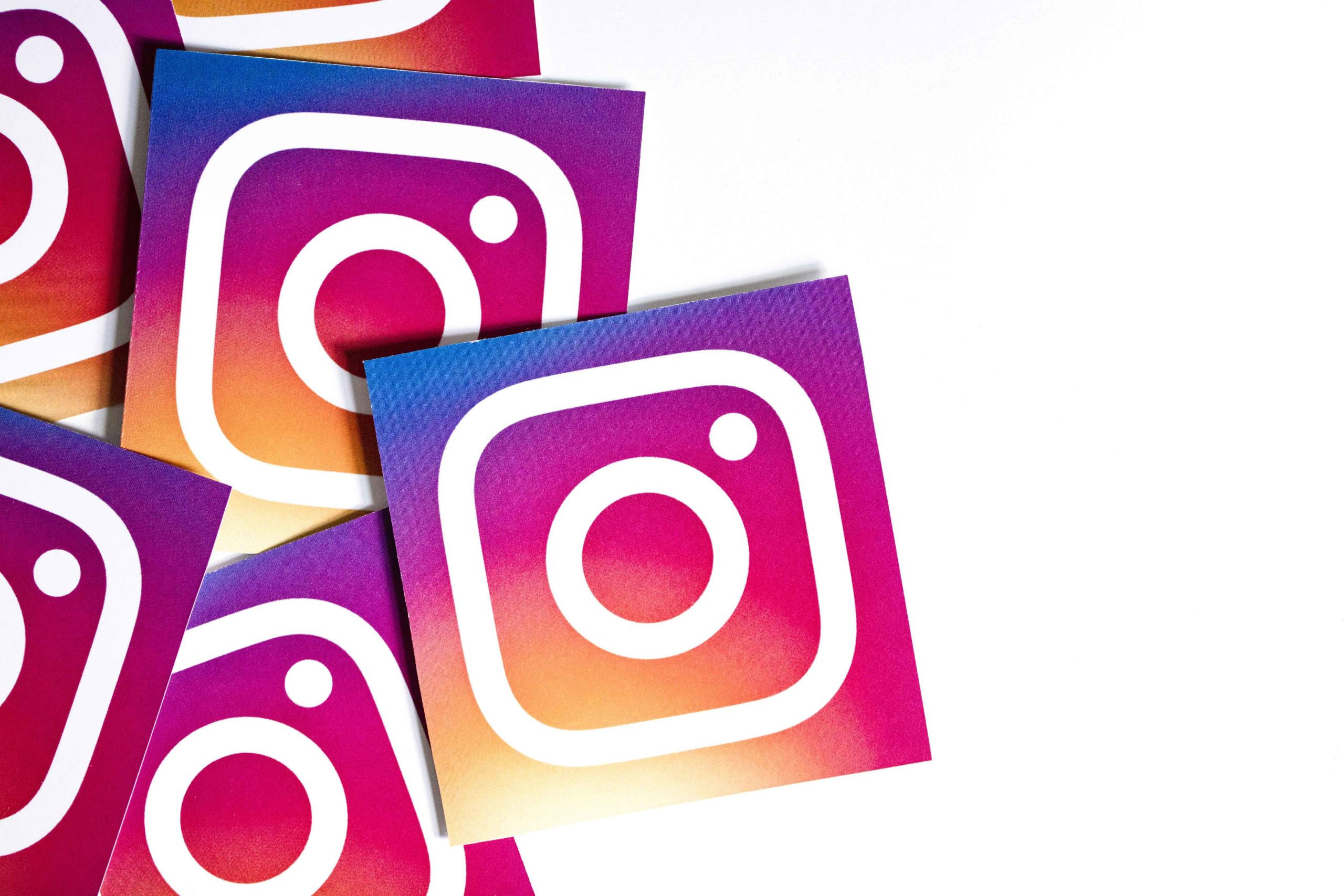
- Learn from real-life examples of the fashion retailers maximising sales through social - and those making fundamental errors
- Align marketing activity with product availability and price promotions to make the most of the social sales opportunity
- Discover how big brands including Pretty Little Thing and River Island set themselves up for success
Ever seen something lovely on Instagram, clicked through to buy it, only to find it sold out? This all-too-common error demonstrates that retailers are still not making the most of one of their most important routes to market.
Getting social media right is not as simple as just posting stylish lifestyle shots or getting big Instagram influencers to share images of your products.
To maximise the vast sales potential of social, retailers need a robust strategy and marketing, buying and merchandising must be aligned to ensure the right products are promoted at the right time and the right price.
However, even the biggest fashion retailers are missing the mark.
Retail Week has teamed up with Newton, an operational transformation consultancy that specialises in retail, to show real-life examples of brands getting Instagram marketing right – and wrong – to help you put together a social strategy that really maximises sales.

The rights and wrongs of Instagram marketing
Getting it right: aligning product availability with marketing activity

It may sound simple but ensuring there is adequate online stock of the products promoted on social media is crucial.
However, in reality, marketing teams often work in isolation to merchandising and have little or no access to key data such as product volumes and restock dates.
River Island demonstrates how to get the timing of social right with its Instagram post (right) promoting a green floral ruffle skirt, which it published soon after a product restock when availability levels were high.
They remained so until a week after the Instagram post when the resulting traffic would have waned.
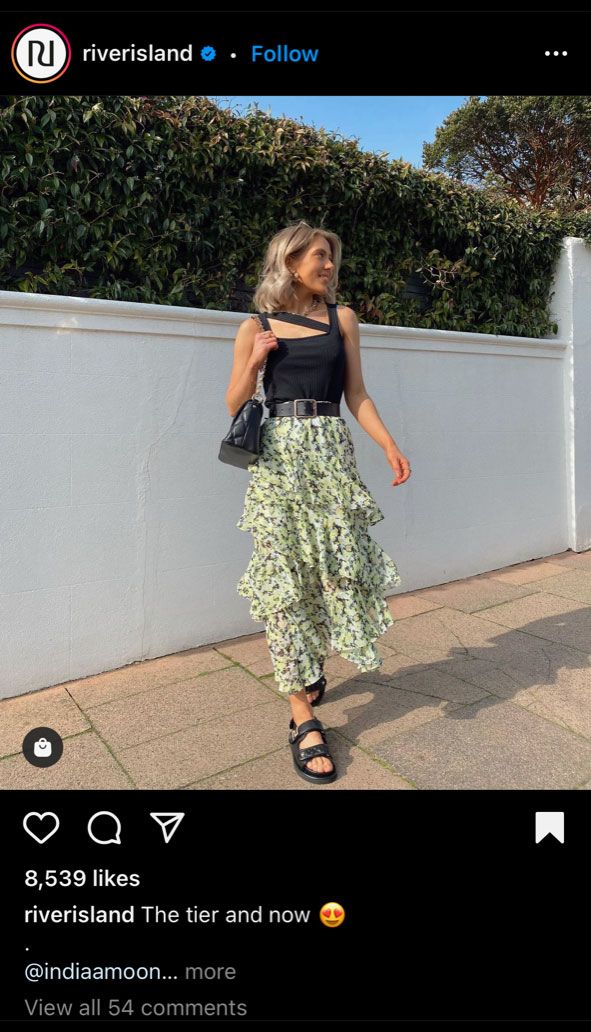
Getting it wrong: promoting products unavailable online

While River Island managed to time its floral ruffle skirt social post to perfection, the retailer in the chart to the left twice posted product images on Facebook at a time when the item was unavailable to buy online.
The original post was published on March 24, two weeks before the product in question was in stock online.
This demonstrates the importance of marketing being kept in the loop about product availability.
It is no surprise that marketing and merchandising often work in isolation as the two departments operate in very different ways with very different timelines, explains Newton partner Georgia Wickes.
“Merchandisers and buyers can start planning their seasonal ranges a year before you see it in stores. They are often forecasting the volumes required long before customers are showing their hands with seasonal trends," she says.
“Marketing, on the other hand, can work to much tighter timelines as reserved media space doesn’t need creative delivered until weeks or even days prior to go live, especially anything digital."
These two very different functions often do not share key information such as product volume data, which means simple errors such as promoting products that are not in stock are all-too-common.
The retailer highlighted perhaps suffered from a lack of omnichannel focus as the majority of its sales occur in stores. However, social shoppers seek instant gratification and want to click to immediately buy the top online that they’ve liked on Facebook or Instagram.
Promoting items on social that are unavailable to purchase online could annoy shoppers rather than entice them to make the journey to store to purchase.
Getting it right: restocking items that are marketed

Social pushes drive demand so retailers need to accurately forecast for this and plan stock levels around it.
Newton's analysis found that River Island restocks the products it earmarks for social marketing at a far greater rate than items that it does not push on Instagram (see chart below).
This ensures the retailer is able to service the demand drummed up by social marketing with available stock.
River Island marketing director Jill Gate explains: "Our social teams work hand in hand with product and trading to ensure that we’ve forecast the right numbers to meet demand.
"It’s key that we’ve planned ahead but equally that we allow a level of agility to be able to top up stock should we see demand rise quickly."
This strategy is, of course, dependent on having a supply chain that can react quickly, which can be costly if relying on rebuying product in small quantities.

Getting it wrong: marketing the wrong product

Not all products can be marketed on social media so it is important that retailers choose to promote items that are going to deliver returns.
However, sometimes marketing teams decide which products to push without seeking the insight or data of merchandisers.
Newton partner Christian Hansen points out that the motivations of the two teams can differ.
“Where the merchandisers are KPI'd on sales, often marketing teams will be driven to engagement metrics and so are incentivised to create great looks and coherent stories across their imagery,” he says.
“They often have little to no access to the ranking and volume data and are not always given the space and time to work collaboratively with merchandisers."
Merchandisers could also benefit from the data harnessed from marketing teams on what customers want.
The retailer in the example below stocked multiple colour options of the same dress and posted separate Instagram posts for each one.
Despite the blue version of the dress having a much stronger response on Instagram– as illustrated by stock levels and availability plummeting after the post was published – the patterned version of the dress was given two further social pushes. The patterned dress was also restocked despite availability levels being much higher than the blue alternative.
This is an example of a brand’s social strategy being driven by the volumes it had pre-ordered rather than what is popular with shoppers. The retailer in question could have used social more effectively to gauge the popularity of products before making decisions around re-ordering stock.
Promoting underperforming product may have been a conscious decision for the brand to try and shift slow-moving stock but there are dangers of taking this approach. Having unpopular product emblazoned across a brand's social channels can damage reputation and brand perception.
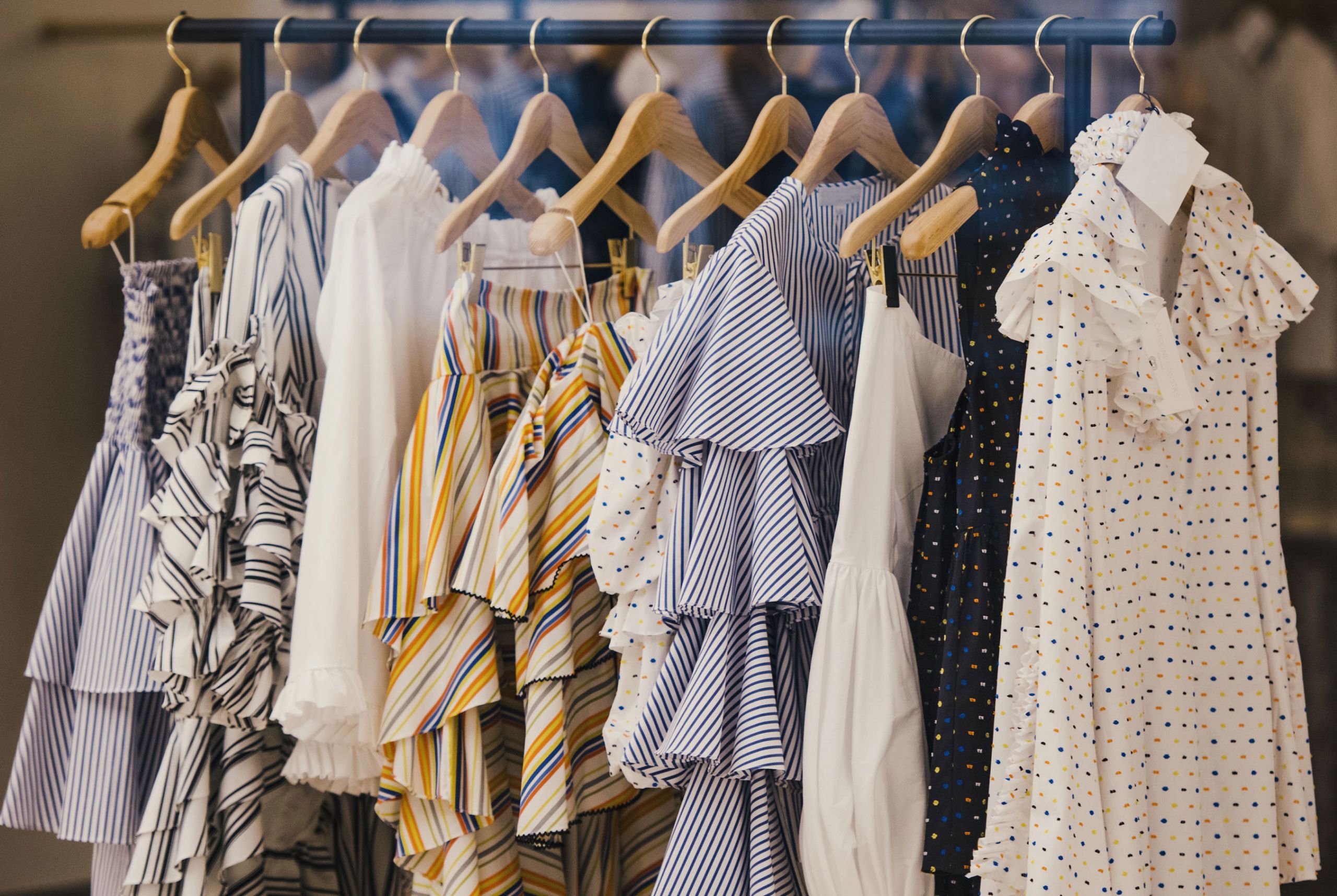
Getting it right: timing social posts around price promotions

Fast fashion retailer Pretty Little Thing’s model hinges on running regular promotions to appeal to price-sensitive young shoppers.
The retailer smartly times its social pushes around price drops to ensure it maximises sales. It also reposts influencer content around this time to help drum up additional interest.
Pretty Little Thing, which has regular small product drops, also times such price-led social promotions when availability and stock levels are strong to ensure it is well-positioned to capitalise on the surge in demand social stimulates.
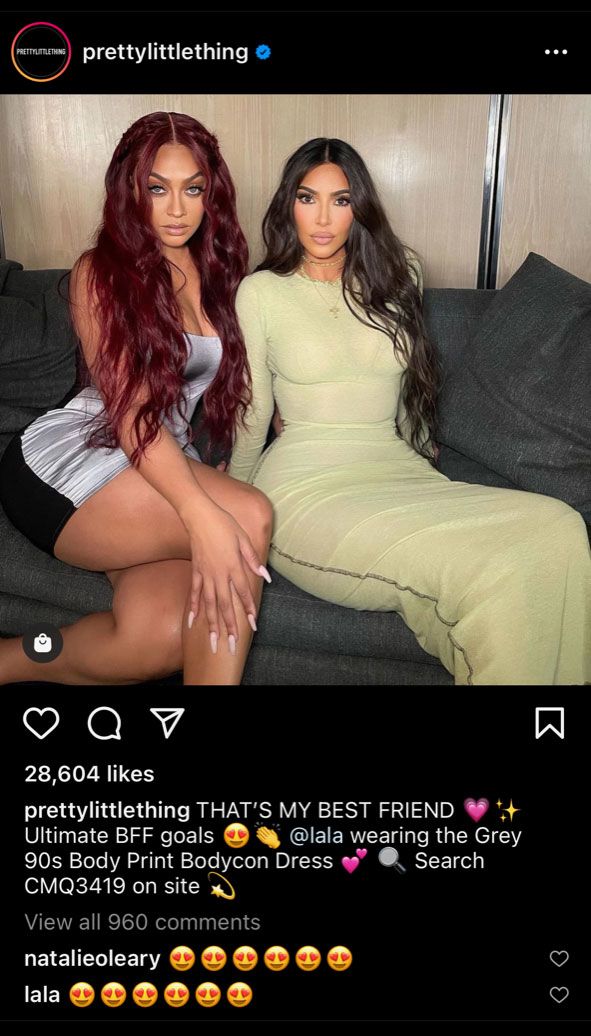
Getting it wrong: lack of control over influencer posts

Influencers hold a lot of power and most fashion brands work with them to benefit from their reach and audience.
However, brands need to make sure any influencer activity is married with strong stock levels as posts from those with a large number of followers can stimulate strong demand.
This is an error one fashion brand made when an influencer with more than 500,000 followers posted an image of them wearing an item of the brand's clothing.
Unfortunately at the time of posting there were only 10 of the item available and the product was not restocked until almost a month after the post.

How to nail your social strategy

As many of the examples above demonstrate, the key to maximising social is to make sure marketing is fully aligned with product availability and pricing.
This requires marketing teams to work closely with other functions such as trading, buying and merchandising, and supply chain so decisions are taken holistically.
The need for speed
Pretty Little Thing senior social media manager Beckie Turnbull puts its social success down to its collaborative approach.
“All the teams – from social to PR and buying to creative – work to ensure the business acts fast in reactive moments, especially when it comes to social media trends, fashion trends and our bigger campaign collabs,” she says.
“All the teams – from social to PR and buying to creative – work to ensure the business acts fast in reactive moments, especially when it comes to social media trends”
Pull your teams closer together
River Island's Gate says it takes an omnichannel approach to marketing.
"Our social teams work closely with all business teams; operations, product, brand, press, digital to ensure we’re getting the right product in front of the customer at the right time," she says. "Process is central and ensuring operational excellence involves running a clear briefing journey through the business."
Hansen says getting the buying and marketing teams to understand each other’s worlds is crucial.
“Set up alignment conversations much earlier,” he urges. “When merchandisers are forecasting their volumes they need to work with marketing to choose a selection of items from the top of the rankings. They can then factor in marketing volume uplifts and buy more confidently.”
Hansen says marketing could provide some sort of commitment to promote certain products at this early stage to minimise the risk of overbuying.
He advises these teams remain close and have regular open conversations given the constantly changing nature of retail.
“For buying teams this may mean sharing their forecasts as they change and updating on changes to the buy. For marketing it might mean sharing the trends they are seeing and the activity from competitors to help keep an informed dialogue going,” says Hansen.
The two teams should also embrace collaborative problem solving and come up with an aligned view that both are accountable for.
The detail's in the data
Retailers can go further by harnessing and sharing data across their businesses. Wickes says this can “bring science to the art of retail” and help teams make better decisions.
A wide range of data is available. This includes customer data - both historical buying behaviour and in-season reaction to 'sneak peaks' on social - competitor data on what customers are buying elsewhere, and calculating the marketing impact and using that to predict the uplift in sales and buy accordingly.
The brand that heavily promoted the patterned dress in the example above did so because it had bought larger volumes of this product in advance.
However, if the retailer had used social as a testing ground before making large orders it could have boosted sales by buying more of the more popular blue dress.
This involves a fundamental change in buying, however, it is one that some brands are making in order to stock the products that customers actually want.
Superdry is one brand doing just that. Chief merchandising officer Lucy Maitland Walker says: "We're testing and trialling more and looking at how we can react to short orders. It's not about picking the winners, it's about how you're using social media to identify the trends."
"It's not about picking the winners, it's about how you're using social media to identify the trends"
Turnbull says Pretty Little Thing is “very reactive” to social trends: “We work closely with the buying team to influence new items coming on site based on demand and supply of these items. The business is heavily influenced by social trends and has become very reactive to this in order to have the latest trends released at the quickest speed.”
Wickes advises sharing data across the business. For example, when buying, data around product ranking and the shape of the buy should be accessible to everyone using data visualisation software such as Tableau or Power BI. Marketing choices can then be overlaid to help make it clear which products should be promoted.
Data visualisation is a powerful tool across the full product lifecycle, says Wickes. For example, when the product is launching, teams should be able to visualise the relative stock position and again overlay marketing activity and campaign dates on this.
“Use your data vis to highlight where marketing is launching before stock or show marketers when deliveries are arriving,” she says.
“Empower marketing teams to publish at times when the products are live and there is plenty of stock. Highlight to them when stock is low and it would be good to swap the copy. Have the data give them suggestions of ideal products to promote based on performance, while still leaving room for creative instincts."
This visibility can benefit all in the organisation. For example, supply chain and fulfilment teams - which are often disconnected from marketing - could benefit from knowing planned product promotions in order to make stock pick ready or even move stock from stores or central warehouses to service ecommerce.
Keep all parties in the loop
Ultimately, communication is key.
“Like retailers use data to communicate the right offer to the right customer, they can use data to keep buying teams, marketing, and supply chain in the loop," says Hansen.
"They can even use it to communicate automatically with influencers, encouraging them to share top products and warning them of items that are going fast so that they don’t disappoint their followers.”
To get social right, retailers need to ensure marketing and buying and merchandising are perfectly in tune to ensure the right product is promoted at the right time and price.
This is what the winners do to ensure they are giving customers what they want and turn likes into like-for-like growth.




















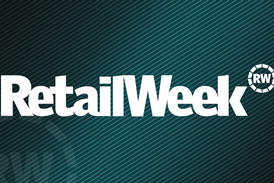


 Built with Shorthand
Built with Shorthand